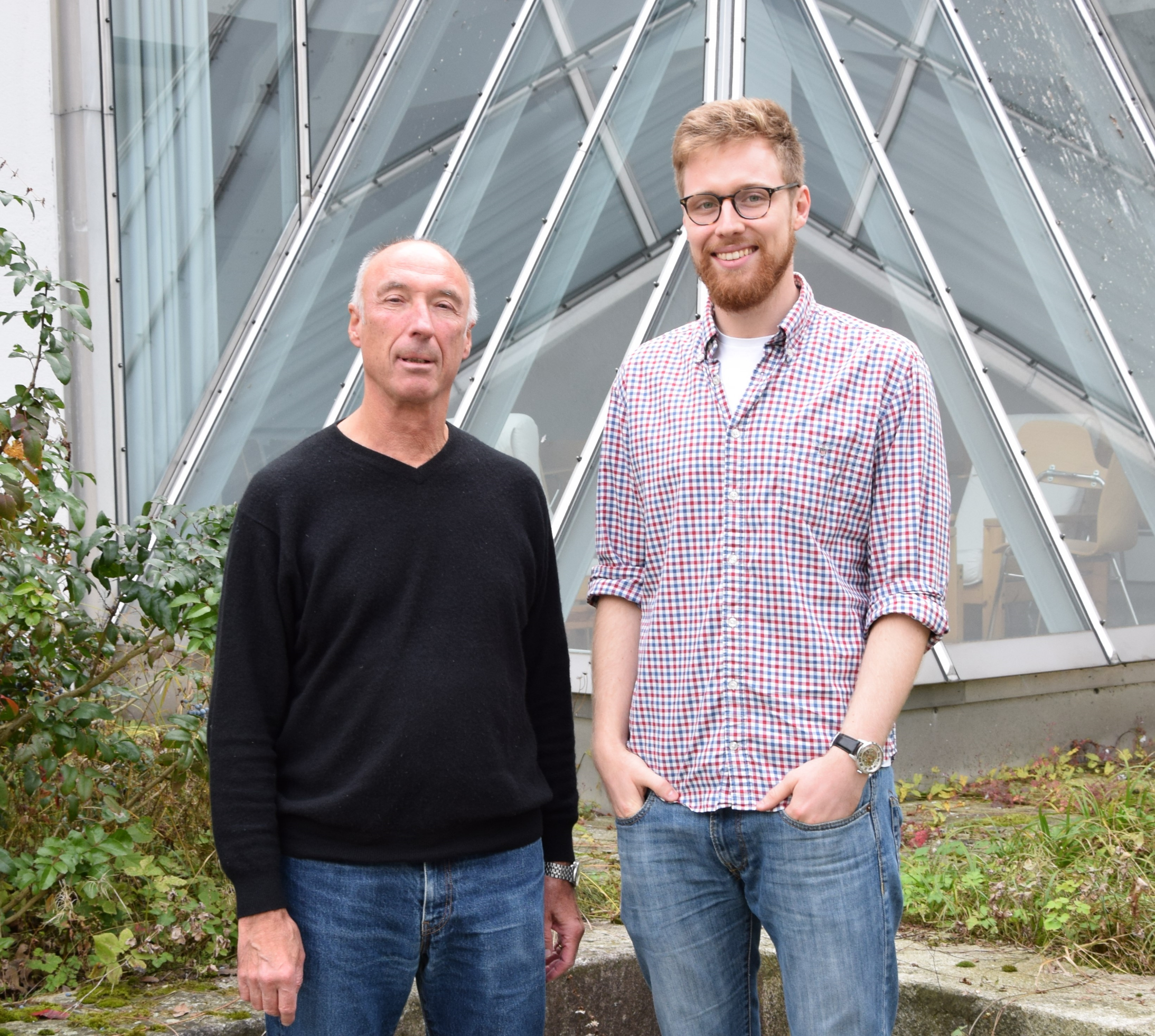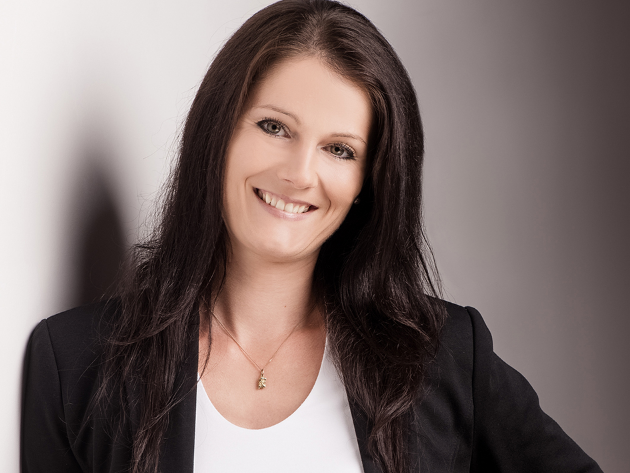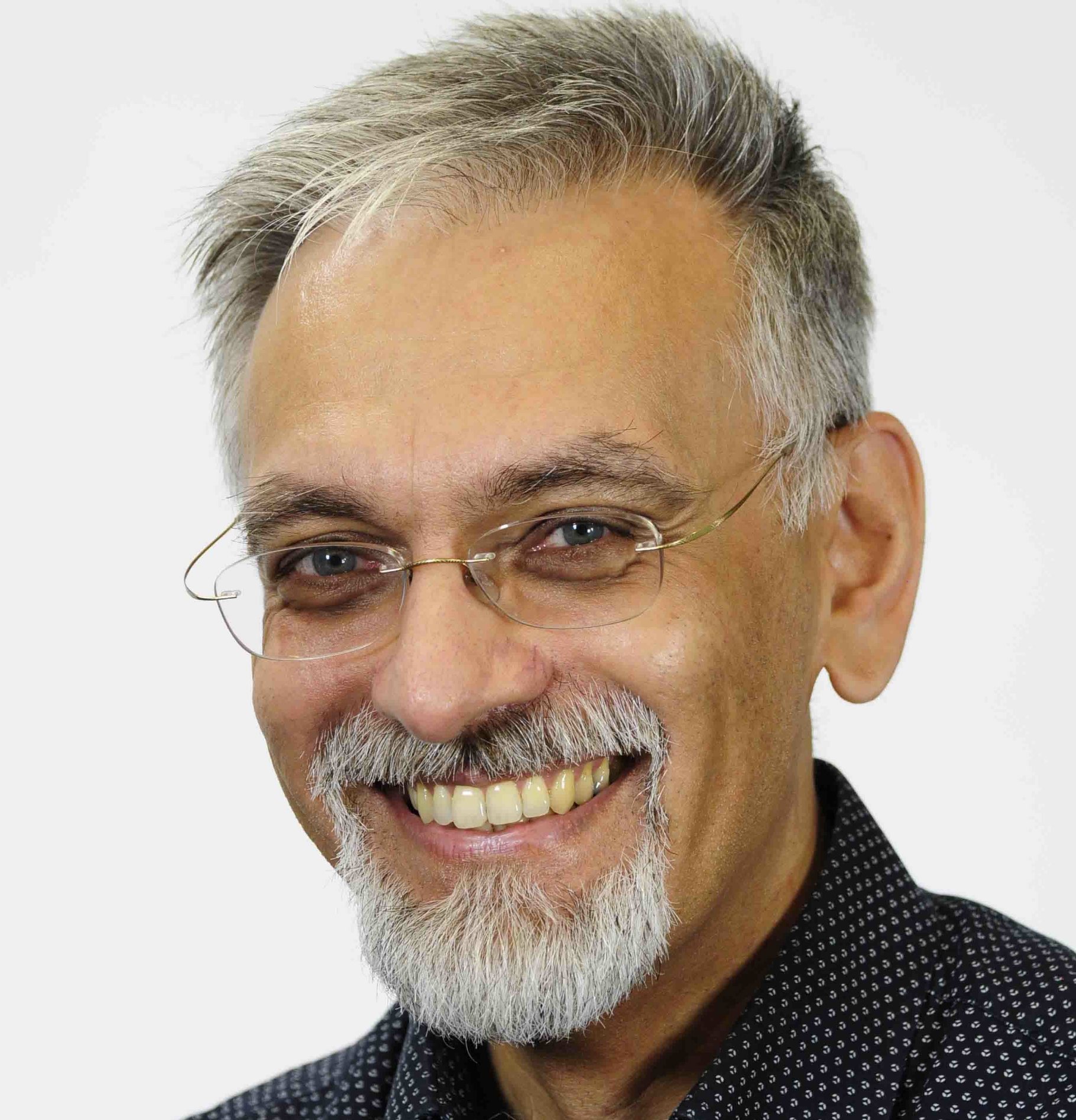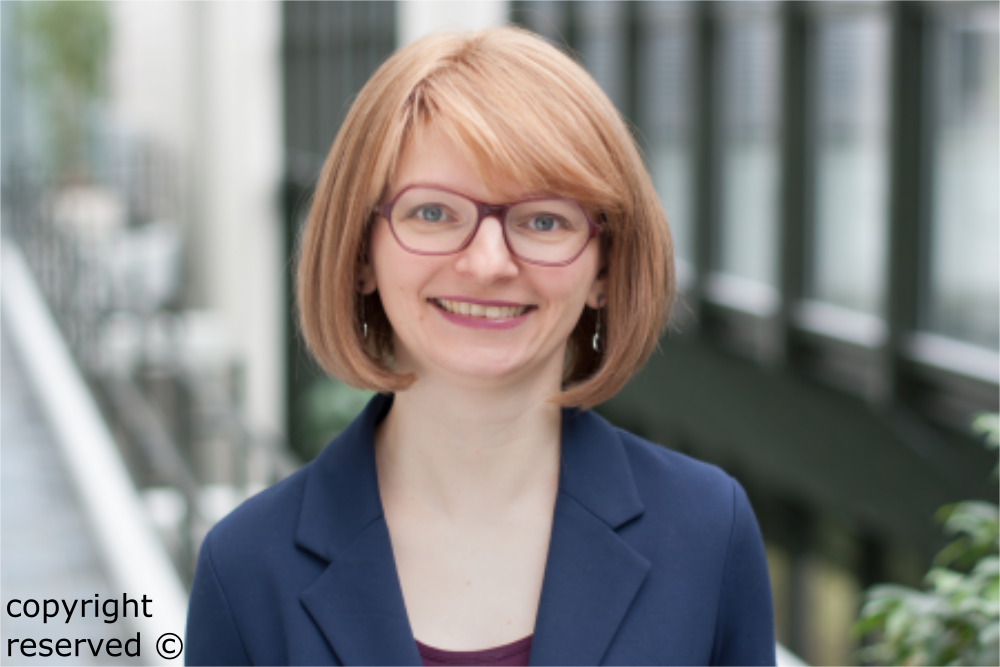Contents
- 1 Integrated Practices
- 1.1 Interviews
- 1.1.1 Interview with a member of the national biosafety panel (ZKBS) Professor Dr. Alfons Gierl
- 1.1.2 Interview with Dr. Nina Köhler, Bavarian Health and Food Safety Authority (LGL)
- 1.1.3 Interview with Dr. Michael Raghunath of the Zürcher university for applied science
- 1.1.4 Interview with Dr. Nadine Nottrodt of the Fraunhofer Institute for Laser Technology (ILT)
- 1.2 Kill switch (summary)
- 1.3 Linker chemistry (summary)
- 1.1 Interviews
Integrated Practices
The point integrated practice summarizes how our work on human practices influenced the design and planing of our project. This is an important point for us as we are developing a solution for that may ultimately be applied in patients and it is thus important to know what patients and medical doctors are concerned with.
Interviews
Interview with a member of the national biosafety panel (ZKBS) Professor Dr. Alfons Gierl
This year we invited Professor Dr. Alfons Gierl, a german scientist in the field of genetics and a member of the [http://www.bvl.bund.de/DE/06_Gentechnik/02_Verbraucher/05_Institutionen_fuer_biologische_Sicherheit/02_ZKBS/gentechnik_zkbs_node.html national biosafety panel (ZKBS)] to discuss safety matters of our project but also talk about the potential and future of synthetic biology and his experience in the field of GMO's. In his opinion, synthetic biology can be a promising field of research, if the main goal is its application in the biomedical area since the demand in this area is very high and has the best chance to be accepted by the non-scientist community. In safety questions the [http://www.bvl.bund.de/DE/06_Gentechnik/02_Verbraucher/05_Institutionen_fuer_biologische_Sicherheit/02_ZKBS/gentechnik_zkbs_node.html ZKBS] plays an important role in Germany as it, for example, paraphrases the law to evaluate what risk group a certain GMO belongs to. As he says the current laws in Germany cover most of the recent developments and he is quite sure that they will cover those made in synthetic biology through the next couple of years as well. Since our project deals with the generations of GMO's that can be printed in 3D tissues and could possibly be implanted into a recipient, we wanted to know what he thinks about the risk of GMO release. According to him, the risk is rather small, since the constructs are integrated stably and the GMO's do not have contact with cells of the germline.
We want to thank Professor Dr. Gierl once again for his support and this highly interesting interview.
Interview with Dr. Nina Köhler, Bavarian Health and Food Safety Authority (LGL)
During our Synthetic Biology project we held an interview with Dr. Nina Köhler from the Bavarian Health and Food Safety Authority (LGL). Dr. Köhler is currently working on a project monitoring the latest national and international developments in synthetic biology and on developing strategies for their analytical surveillance. The topic of the interview were the current regulations of Synthetic Biology in the EU and in Germany. Dr. Köhler referred to the “Zentrale Kommission für die Biologische Sicherheit” (ZKBS) at the Federal Office of Consumer Protection and Food Safety [http://www.bvl.bund.de/DE/Home/homepage_node.html (BVL)]. According to the ZKBS all current Synthetic Biology activities (apart from in vitro gene/genome synthesis and protocell research) are regulated by the German Genetic Engineering Act.
We want to thank Dr. Köhler for taking the time and converse with us about our project.
Interview with Dr. Michael Raghunath of the Zürcher university for applied science
To get a better understanding of how our cells would behave after polymerization we talked to Dr. Michael Raghunath of the zuercher university for applied science (ZHAW). Since his research spans the fields of matrix biology, pathochemistry and wound repair he was the perfect fit for us. After explaining our main project and the idea behind it, we talked about possible problems of our polymerization approach. We talked about possible hypoxia, if the polymer reaches a certain diameter and ideas how that could be prevented. He advised us that a higher structural integrity of our polymer would be helpful for the viability of our transfected adherent cells and that the viability could be tested by monitoring the expression of fibronectin and type-4-collagen, as they are part of the extracellular matrix and of cell-cell adhesion.
Since the interview had such a high information load and so many valuable suggestions, it is a shame that we did not have the chance to talk to Dr. Raghunath earlier during the project. His expertise would have been very helpful. Nonetheless we are very thankful that we had the opportunity to talk to Dr. Raghunath and want to thank him for taking the time to discuss about our project with us.
Interview with Dr. Nadine Nottrodt of the Fraunhofer Institute for Laser Technology (ILT)
Dr. Nadine Nottrodt was the project manager of [http://www.artivasc.eu/ ArtiVasc 3D], a project funded by the European Commission, which dealt with the generation of vascularized tissue structures that can be 3D printed by a photolithographic process and used a scaffold for cells to make up new tissue. We were very happy that she agreed to have this interview with us, for the reason that the [http://www.ilt.fraunhofer.de/ ILT] is also involved in more than one project that deals with the scaffold-free generation of 3D cell cultures. After discussing the main idea of our project Dr. Nottrodt was very keen on learning more about how we exactly polymerize our cells and she said she was impressed by what we already had accomplished by that time. Since the binding of streptavidin and biotin is very strong we discussed the influence of the stiffness of our polymerized structure on the viability and division capability of the cells because in former experiments, with a related approach, adipocytes showed a decreased division capability starting at a certain stiffness of a surrounding matrix. After discussing the possible future of our project we talked about the future of scaffold-free 3D bioprinting in general. In Dr. Nottrodt’s opinion, the scaffold-free printing of tissues will have many advantages, the absence of foreign material inside the body and the resulting prevention of possibly toxic by-products just being two of them.
Again we want to thank Dr. Nadine Nottrodt for taking the time to talk to us. It was a very pleasant interview that helped us to classify our project in the light of the recent developments.
Kill switch (summary)
The kill-switch was implemented into our project as we were asked several times in discussions with experts (such as medical doctors or life science professors) what would happen if we would have some malignant cells in our printed organs. As this case is potentially possible and may also be a factor patients or healthcare officials would probably be sensitized, we started to plan a kill switch. We decided to integrate as very solid and simple kill switch that features a constantly expressed prodrug-convertase enzyme. The prodrug-convertase expressed in the printed organ is generally not harmful as long as no problems for the patient occur. In an emergency case in which a doctor decides that the synthetic tissue needs to be removed from the patient he gives the patient a single pill with the prodrug (which is Famciclovir in our case) and all transgenic cells in the patient will suffer from a reduced viability and die in only a few days.
Linker chemistry (summary)






